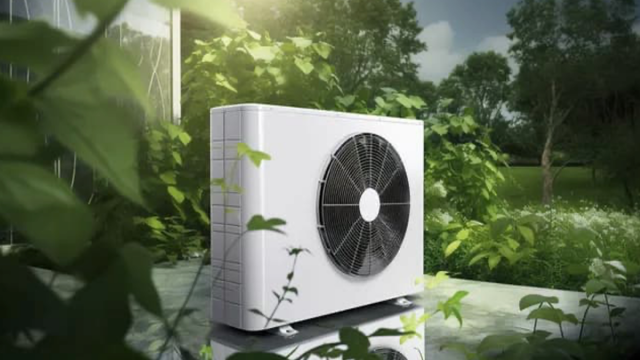Discover innovative approaches to maintaining comfort while minimizing ecological impact. As the demand for cooling systems rises, so does the need for eco-conscious alternatives. This exploration delves into cutting-edge technologies, energy-efficient practices, and eco-friendly materials that redefine the cooling landscape. From sustainable air conditioning to green cooling innovations, this guide seeks to empower individuals and businesses alike to make informed choices that prioritize both comfort and environmental stewardship in the face of climate challenges.
Furthermore, when weighing options, understanding the nuances between high-velocity air conditioning and mini-split systems becomes pivotal. This comparison allows consumers to align their cooling choices with both efficiency and sustainability, contributing to a more eco-conscious approach to indoor climate control.
Revolutionizing Air Conditioning: Energy-Efficient Alternatives
Contents [show]
This section unveils a spectrum of cutting-edge alternatives, ranging from advanced cooling systems to environmentally friendly refrigerants. As the demand for sustainable practices rises, the guide navigates through technologies shaping the future of indoor climate control. Insights into energy-efficient alternatives provide a roadmap for individuals and businesses seeking both comfort and environmental responsibility. By understanding and embracing these revolutionary approaches, the guide aims to empower stakeholders to make informed choices that contribute to a more sustainable and energy-efficient paradigm in the realm of air conditioning.
Harnessing Nature’s Cooling Power: Natural Ventilation and Cooling Design
This section explores architectural ingenuity and design strategies that leverage nature’s elements for effective and sustainable cooling. From strategic positioning to incorporating airflow-enhancing features, the guide illuminates how thoughtful design can create naturally cool spaces. Understanding the principles of natural ventilation and cooling design offers a pathway to reducing reliance on energy-intensive systems, fostering comfortable and eco-friendly environments. By delving into these innovative approaches, individuals gain insights into shaping living or working spaces that harmonize with the environment, promoting sustainable and energy-efficient cooling solutions.
This section delves into a realm where smart applications revolutionize the efficiency of cooling systems. From programmable thermostats to responsive climate control, the guide navigates through innovative solutions that empower users to optimize energy consumption. By embracing these technologies, individuals gain insights into eco-friendly practices that enhance both comfort and environmental consciousness. This exploration aims to decode the landscape of smart cooling, providing a comprehensive understanding of how technology can be harnessed for more sustainable, responsive, and energy-efficient cooling in homes and businesses.
Eco-Friendly Cooling Materials: Building a Sustainable Foundation
Explore the building blocks of sustainable cooling, examining eco-friendly materials that enhance energy efficiency. From construction choices to insulation materials, understand how selecting the right components can contribute to a more environmentally conscious cooling infrastructure.
Community Cooling Initiatives: Collaborative Solutions for Sustainable Comfort
Delving into collaborative community initiatives aimed at fostering sustainable comfort unveils the power of collective efforts. From shared cooling resources to community-driven environmental projects, discover how communities can create eco-friendly solutions benefiting individuals and the planet. In the context of sustainable cooling, it’s also essential to consider the longevity of central air conditioning units. Understanding how long a central air conditioning unit lasts is crucial for both economic and environmental reasons, as it influences maintenance practices, replacement decisions, and overall sustainability in the realm of cooling technologies.


